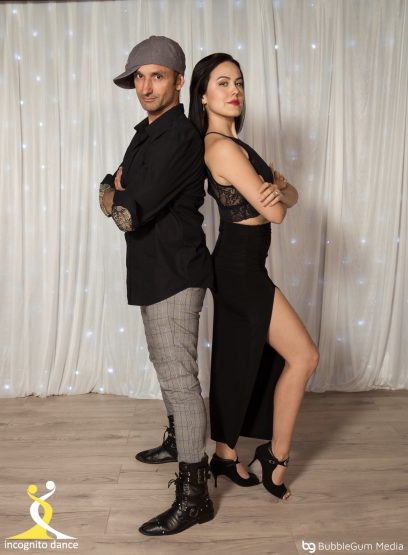Rumored Buzz on Dance San Francisco
Wiki Article
Indicators on Dance San Francisco You Need To Know
Table of ContentsDance San Francisco Fundamentals ExplainedNot known Facts About Dance San FranciscoThe Main Principles Of Dance San Francisco Not known Details About Dance San Francisco Dance San Francisco - An OverviewThe Main Principles Of Dance San Francisco The 6-Minute Rule for Dance San Francisco
The major difference that identifies the Miami-style from other North American styles is the "Atras" or "Diagonal", back damaging steps performed in reverse diagonally rather than relocating forwards and backwards as seen in the New york city style. Professional dancers do not shift their body weight greatly as seen in various other styles. bay area salsa dancing. Rather, professional dancers keep their top body still, poised and unwinded, concentrating on foot movementA major difference in between Cali Design and Miami-style is the latter is solely danced on the downbeat (On1) and has aspects of sparkles and show-style added to it, adhering to collections of North American designs. Miami-style has numerous followers, specifically Cuban-Americans and various other Latinos based in South Florida.
Most of the steps entail rapidly switching companions. "Rueda de Cuba" is initial kind of Rueda, originating from Cuba. It is not as formal as Rueda de Miami and consists of regarding 30 calls. [] It was codified in the 1970s. [] "Rueda de Miami" come from in the 1980s from Miami, is an official design with several rules based on a mix, and is a hybridization of Rueda de Cuba & North American dance styles, with some routines showing American culture (e.
The Definitive Guide for Dance San Francisco
Coca-Cola, Dedo, Adios) which is not located in the typical Cuban-style Rueda - bay area salsa dancing. Cali-Style Salsa, additionally called Colombian Salsa and Salsa Calea, is based around the Colombian City of Cali. Cali is additionally referred to as the "Funding de la Salsa" (Salsa's Funding); as a result of salsa songs being the primary category in parties, nightclubs and events in the 21st century.The components of Cali-Style Salsa were highly influenced by dances to Caribbean rhythms which came before salsa, such as Pachanga and Boogaloo. Cali has the highest variety of salsa colleges and salsa groups on the planet. Numerous of the competitors are held in Colombia. The main function is the maneuvering which has fast rapid actions and avoiding motions called "repique".
The Ultimate Guide To Dance San Francisco
They consist of various acrobats such as partnered flips to captivate with these jaw dropping feats. Their maneuvering is detailed and specific, helping a number of Colombian Design professional dancers win significant world championships. Cali hosts lots of hot bachata nights sf yearly salsa occasions such as the Globe Salsa Cali Event and the Encuentro de Melomanos y Coleccionistas.Scientists in the all-natural scientific researches studied the mathematics of salsa dancing relocations. In the social scientific researches, scientists have examined salsa dancing to comprehend, for instance exactly how the Latino identification is linked to salsa dance. The research of salsa dance has actually been examined as a metaphor to comprehend emotional and cultural economic situations.
Centro Journal. Gotten 2023-05-26. Salsa Vida.
Salsa Vida. 26 June 2023. Recovered 5 October 2023.
Salsa Vida. Movers and Shakers Salsa & Bachata Dance Academy. Spinning Mambo Into Salsa.
The city of musical memory: salsa, record grooves, and popular culture in Cali, Colombia. Salsa Vida SF. The Journal of Popular Culture.
The Facts About Dance San Francisco Revealed
:10. 1002/cb. Journal of Business Study.
Something went incorrect. Wait a moment and try once again Try once again.
7 Easy Facts About Dance San Francisco Described
We're speaking regarding the dance, not the delicious South American condiment. The origins of words "Salsa" as the name of a dancing has actually been a resource of dispute for decades. The most preferred (and perhaps approved) theory is that Cuban and Puerto Rican musicians in New York created the phrase in New York in the 1970's, to describe the spicy combination of songs they were producing out of the rhythms and concepts of Cuban child montuno, guaracha, chachacha, mambo and bolero.Report this wiki page